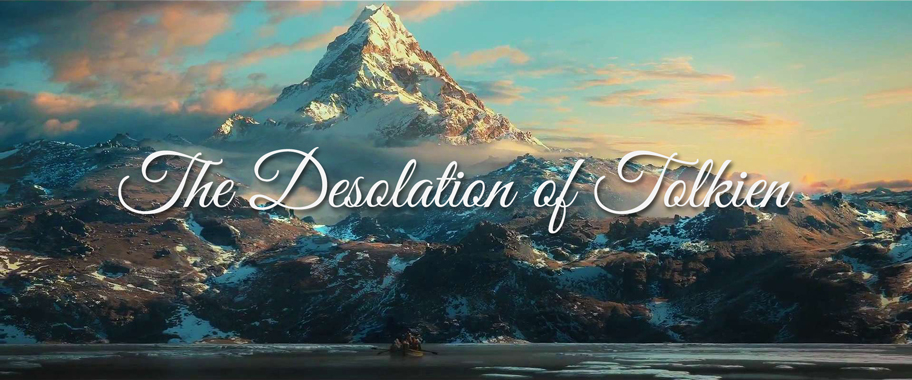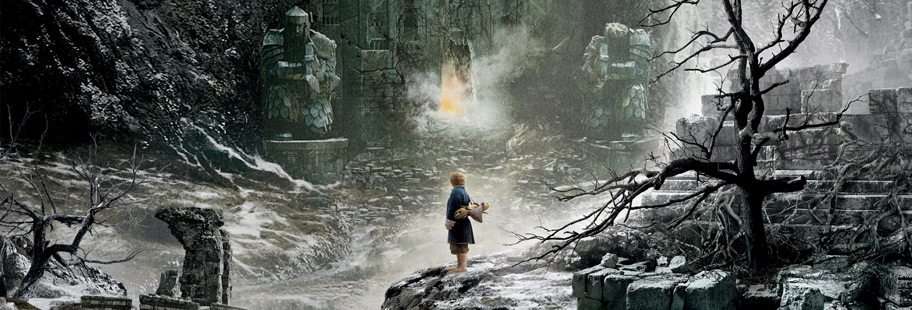
Lightning in a Bottle, an unfilmable story.
Last year, after a decade of speculation, failed starts and mountains of expectation, Peter Jackson released The Hobbit: An Unexpected Journey, the first in a trilogy of films adapting J.R.R. Tolkien’s classic fantasy novel, The Hobbit, for the big screen. Following in the footsteps of its bigger brother, Jackson’s adaptation of Lord of the Rings, a modern film classic in its own right, The Hobbit was almost destined to disappoint. With his first trilogy, Jackson captured lightning in a bottle. He took the movie industry by storm, and revitalized mainstream excitement for fantasy to a level not seen since the ’80s. He did so, somehow, by executing an enormous passion project that seemed almost impossible under the circumstances: no major stars, a production and special effects company that no one had heard of, a story deemed unfilmable by many fans, and a film industry that had not seen anything of its scale since Lucas’ Star Wars (which, in itself, faced many challenges and doubters before it found success.)
When Jackson first approached New Line Cinema, he pitched them on an adaptation of The Hobbit, with a two-film adaptation of Lord of the Rings to follow. As these things go, film rights to The Hobbit were split between two companies (which would again later impede production of The Hobbit trilogy we know today), while Lord of the Rings was entirely under the umbrella of New Line Cinema’s owner, Saul Zaentz. Jackson, a relative unknown in the world of big budget Hollywood films, was given the reigns to one of the most revered entertainment properties in the world. Read More »

